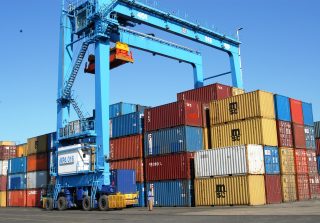The common market protocols have significantly boosted intra-regional trade in East Africa since it was launched a decade ago, available data show, even as a mix of non-tariff barriers, limited funding for regional integration and low public awareness about the treaty protocols and their implementation hinder the region’s potential.
The treaty looks to guarantee six freedoms including the movement of goods; persons; capital; labor and services; the right of establishment, and the right of residence, which have eased cross-border trade and stimulated private sector growth.
Over the ten-year period, the value of trade between East African Community member states rose more than 60 percent – from $3.72 billion when the protocol was launched in 2010 to $5.46 billion in 2017 and $5.98 billion in 2018, the EAC Trade and Investment Report, cited by The EastAfrican shows.
The growth is in part due to increased trading among the bloc’s member countries, offsetting falling demand for the region’s products in European and American markets. All EAC member states apart from Burundi saw growth in trade with their regional counterparts, the report shows.
But frequent diplomatic and trade rows among partner states have hindered the actualization of the common market protocols in some aspects, often leading to shut borders and disruption to the free movement of trade and people.
The global coronavirus outbreak has only worsened non-tariff barriers to cross-border trade, forcing most manufacturers to turn to local markets. Since the pandemic hit East Africa in March, delays at borders have increased turn-around time for trucks moving from key ports (Mombasa and Dar es Salaam) to other landlocked countries in the region.
“When you look at the free movement of goods, we have significantly reduced the number of days it takes to move goods from the port of Mombasa to Kampala. But now due to coronavirus, it is taking longer,” said Erastus Mwencha, chairman of Trade Mark East Africa, a non-governmental agency that promotes regional trade.
The volume of intra-regional trade is now expected to fall by almost 50 percent this year. East African Business Council’s executive director Peter Mathuki told The EastAfrican. “The Covid-19 pandemic has wrought havoc on intra-EAC trade, leaving most businesses in the private sector badly affected. Because this pandemic was not foreseen, people have changed their focus to survival while some businesses have shut down.”
The East African bloc is the continent’s most integrated regional economic community with the best performance in trade integration – EAC intra-trade stands at about 20 percent compared to the intra-African trade of about 11 percent – according to a report by the African Development Bank, United Nations Economic Commission for Africa under the auspices of the African Union.








